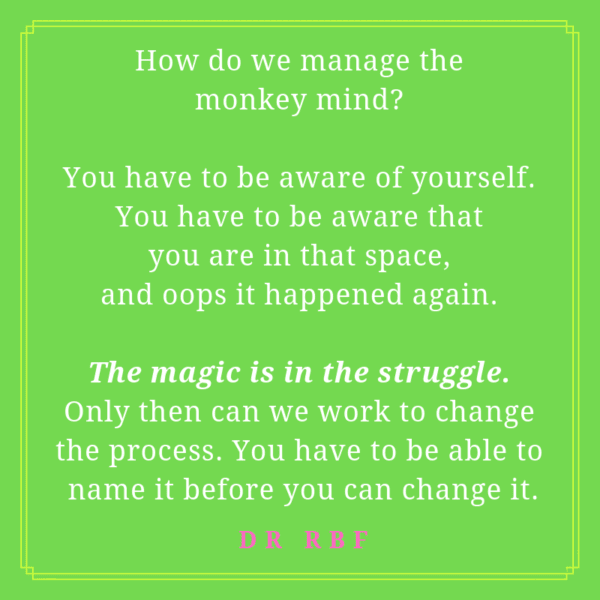
15 Feb It’s All In Your Head
People come to see me for all sorts of reasons. But they all have something in common. Age, gender, sexual orientation, doesn’t matter; diagnosis, history or economic status don’t change this factor. They come to me because things are not working well in their lives. Folks feel stuck in a rut and they can’t seem to get out. Usually by the time they end up in my office they have been mired in their situation for long enough and they are desperate for change. I’m rarely the first stop on this train of woe.
There are lots of ways to think about what ails each person. I start with a detailed history; asking about family of origin and developmental history. We discuss current themes and habits, we talk about hopes and dreams. I want to know all the details about relationships and self-care. I try to get into as much detail as possible. This is where the individual resides.
Once I have all this information, I work with the client to come up with a treatment plan. There are many different psychological theories that therapists use to help guide our thinking; Psychodynamic, Cognitive-Behavioral, Developmental, Interpersonal, and Family Systems to name a few. Each of them has their utility and their pitfalls. The one I want to look at here is called the Default Mode Network, because I think its a very useful tool to understand what’s happening in our heads. I’m going to get a tad bit science heavy and nerdy, but just hold on the juice is totally worth the squeeze.
The Default Mode Network (DMN) is an organization of brain regions which interact with each other and are distinct from other brain systems. This is the system we use to operate on a day-to-day basis (how to move through the world) and contains the structure of the self (how we are in the world). This network of neurons is responsible for your memories, feelings, and reactions as well as your understanding of other people’s behaviors and their feelings, and organizes our memories and our thoughts about the past. Although the Default Mode Network was first described by Hans Berger in 1929 and has been supported by others since then, it was only in 2007 when researchers were really able to start to see the brain activity clearly in PET scans that the research on this system really took off. en.wikipedia.org/wiki/Default_mode_network
Physically the DMN is located in multiple sections of the brain, such as the older “reptilian” parts as well as the more “advanced” parts of our brains. This includes, but is not limited to the medial prefrontal cortex; the posterior cingulate cortex; the hippocampus; and the amygdala, as well as parts of the inferior parietal lobe. Want a quick refresher on brain anatomy, check it out here. brain diagrams
Why is the DMN important? Well it’s what makes you, you. This thing is the amalgam of all of your experience, thoughts, feelings, hopes, dreams and fears. The DMN is what makes us able to look at a face and recognize it as a face; and allows us to complete a task without having to learn it anew each time. The DMN is what reminds you not to eat the sushi that got you sick that one time, or evokes feelings when hearing a certain song. Accordingly, the DMN is modulated by everything that affects us; sleep, food, sex, exercise, acupuncture, meditation, drugs, etc. You name it, and it’s probably got something to do with how you experience the world. link for meditation effect on DMN
Here’s the kicker. When your brain is NOT involved in a task that requires concentration, such as giving a lecture, or focused on a task, such as cooking dinner, the sections of the DMN are more active. This is kinda cray-cray. But what it means is when you are not involved in a task fully, you might get stuck in rumination. You go sliding down the rabbit hole of: why did that person give me a funny look? Was it a funny look or not? Did I do something to deserve that look? In fact the DMN may pull us out of a task and down that same rabbit-hole. Sound familiar?
When that happens, we get pulled into all the times that we may have had a similar experience, and/or pulled into the future of fear when those feelings may come up again. This is precisely the problem with the DMN; while this network of neurons is what allows us to operate on a day to day basis, we also get caught, ensnared and reduced to the misery of rumination or habitual thinking. When you get “stuck” and start churning through our go-to mode of chasing whatever monkey-brain we each have, that is the DMN doing it’s thing.

So, knowing this the question becomes, how do we manage the monster? First (and anyone who has worked with me will tell you this is my default comment), you have to be aware of yourself. You have to be aware that you are in that space, and oops it happened again. The magic is in the struggle. Only then can we work to change the process. You have to be able to name it before you can change it. This is the work of getting to know yourself, and then laying down new neural networks. There are smaller more ways to change and more impactful ways of change, but they all start with the same step, knowing yourself.
Once you’ve committed to learning about yourself you can ask questions such as these:
What are your daily habits of thought? Are you kind to yourself or constantly critical and demeaning?
What are your daily habits of behavior? Do you get enough sleep? Feed yourself nourishing food? Do you exercise? Do you allow yourself pleasure?
What are your relationships like? Do you come away feeling understood or lonely after meeting people in your life?
The questions are a starting point, and the solutions are individualized. That’s where the hard work comes in, stripping away the layers of historical not-knowing to find a place where you can say, this is what works for me and stepping into that. That work can be done with a therapist, with a friend, or on your own with a journal. Solutions can involve food, sleep, exercise, meditation, drugs and connection. But only you can do it. So that’s your charge. Go forth and make change.




